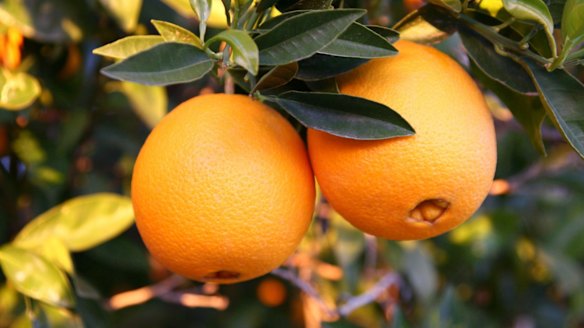What to cook with swedes

What do I do with swedes? L. Pereira
You are limited only by your imagination. Also known as rutabaga, these bulbous turnip-like vegetables were the original jack o' lanterns, carved into heads and lit from within to ward off evil in Ireland and Northern England. Across the border in Scotland, where they are called "neeps", they are boiled and mashed with butter, salt and pepper and served with haggis. Down south in England, swede is an essential ingredient in a Cornish pasty, along with skirt steak, onions, salt and pepper. Swedes are the swollen base of the stem of a close relative of the cabbage and have a sweetness that is concentrated when roasted in a little oil or dripping. It is interesting to note that the compound glucosinolate, a phytochemical associated with health-giving properties in the cabbage family, can taste particularly bitter in swedes to some people who are supertasters. Roast swedes in butter with onions and rich chicken stock and serve with roasted (not fried) sausages. Peel and cube a swede and add to a vegetable soup where their deep yellow colour adds a healthy dose of betacarotene to a wintery pot. Or combine with potato and mash to top a shepherd's pie. Swedes are sometimes used as animal fodder and are seen as poverty food in many parts of the world, but don't let that put you off this inexpensive vegetable, which is packed with fibre and compounds associated with healthy bodies.

I use a skewer to see if my flourless chocolate cake is done, but it never comes out clean. P. Tate
When you cook a flourless cake, the egg in the batter "sets" the cake but the "crumb" will still be sticky with all that sugar and chocolate. A flourless cake is done after it has risen and fallen, and cracks appear on the top. Remove from the oven carefully and allow it to set further by cooling in the tin for 5-10 minutes before removing.
Are green oranges OK to eat? K. Lim
Winter is here, heralding the arrival of new-season citrus at the markets. Some of the first are navel oranges. They are called navel because of their belly button-like apex – the round bit opposite the stem. This apex is actually a secondary but undeveloped fruit that exists within the orange, a botanic symbiotic twin that first appeared as a mutation in a Brazilian orchard in the 1800s. Cuttings were sent to Florida, and the fruit entered commercial production in the United States. Navels are ripe in winter, which means they form over the hotter months. To protect themselves from sunburn, the skin on navel oranges produces chlorophyll, a green photosynthetic pigment that converts carbon dioxide and water into oxygen and, in navel oranges' case, fructose. This process can result in green navel oranges being sweeter earlier in the season, so, yes, those green-skinned oranges you may see in markets are actually ready to eat straight away. As the days shorten as we head further into winter, navel oranges lose the green pigmentation and become the more expected orange colour.
Send your vexing culinary conundrums to brainfood@richardcornish.com.au or tweet to @realbrainfood.
Appears in these collections
- More:
- Food
- Brain food
